This is the day-to-day field reportage of Bihar Living Soils Yatra, a journey covering a distance of 1500 Kilometers covering 9 districts, 16 villages across Bihar’s Ganga Organic Corridor and connecting with over 800 farmers in 10 day period. Our team travelled across Nalanda, Lakhisarai, Munger, Bhagalpur, Begusarai, Samastipur, Vaishali, Bhojpur and Patna to assess local farmer’s understanding of Bihar Government’s organic corridor scheme to support farmers to take up organic farming. We took this initiative to spread the knowledge and learnings of our work with Jeevit Maati Kisan Samiti in Kedia, the collective of farmers who recently became the first organic certified village in Bihar.
Some key insights from the yatra are as follows:
Day 1: Nov 20, 2018
We started the Living Soils Yatra from Patna at 8.30 AM and reached Sakraul village, Nalanda where Bihar agriculture department had organised Kisan Chaupal (community gathering with farmers). There were about 50 farmers present including 25 women farmers. Our campaigner, Ishteyaque Ahmad, addressed the crowd and talked about ecological farming.
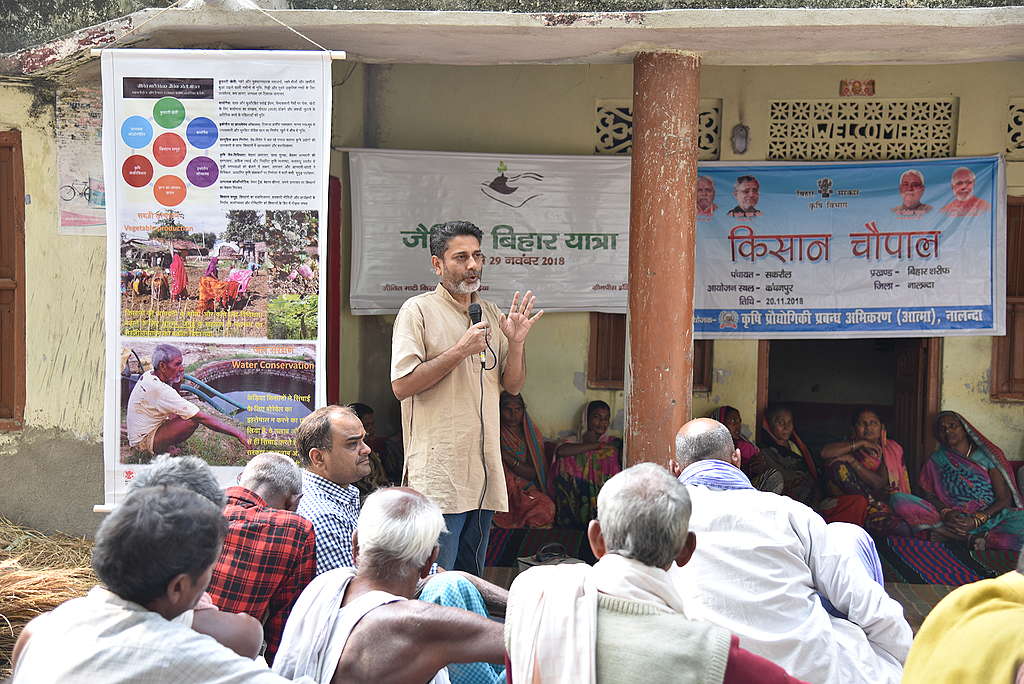
Senior Campaigner, Ishteyaque Ahmad addressing farmers in a Kisan Chaupal at Sakraul village, Nalanda, Bihar.
After this, we went to another village near Pawapuri. Pawapuri is known for Jain temple called Jal Mandir. We visited the temple and then reached Pakhur village where around 35 farmers were waiting for us. Anandi Yadav from Jivit Mati Kisan Samiti shared the experiences from Kedia with them. We held discussions on the possibilities and challenges of ecological agriculture. Farmers expressed their concerns around as well as interest in ecological farming.
Day 2: Nov 21, 2018
Day 2 began from Dhuradhi. At Dhuradhi, we met Neeraj, a law graduate who has adopted ecological farming. He has ensured forests, soil health, organic manure etc which could facilitate ecological farming.
From Dhuradhi, we left for Ramchandrapur. Here we met around 25 farmers. Ishteyaque and Anandi addressed farmers, “Before our farmers slip into situation like Punjab, we should shift to ecological farming.”

Senior Campaigner, Ishteyaque Ahmad addressing farmers at Ramchandrapur.
We reached Bansipur, district Lakhisarai in the evening where the Ecological Farming session was attended by about 12 farmers. Santosh from Kedia opened the session and highlighted the relationship between fertilizer use and river Ganga. He elucidated on how hazardous chemicals are for soil as well as the river.
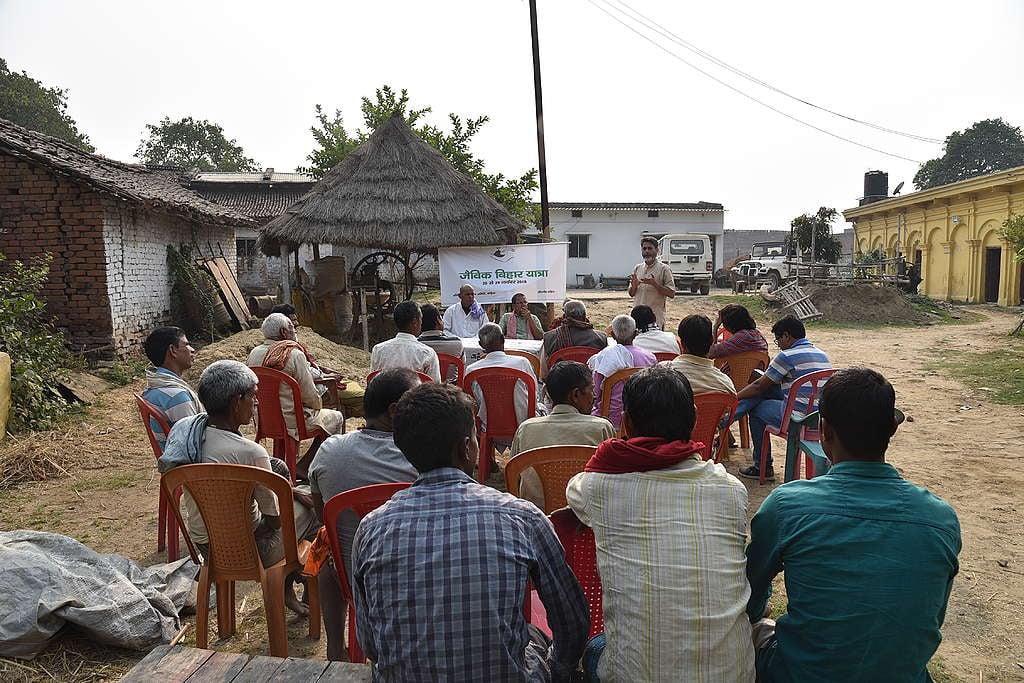
Snapshot of session at Bansipur, district Lakhisarai on Day 2 of Living Soils Yatra
Participating farmers recounted past agricultural practices and contrasted it with current farming method. “Earlier we didn’t use any fertilizer. Now we are using almost 4 kg of urea and DAP (Diammonium phosphate) every 15 days on an acre of land,” shared a farmer.
At both Ramchandrapur and Bansipur, farmers agreed with the Greenpeace activists that production cost has increased manifold due to chemical inputs with negligible profits from the produce.
Day 3: Nov 22, 2018
DISHA (local NGO) made basic arrangements for our team. Our team members Manoj (our loving ‘pilot’) and Manoj (farmer from Kedia) undeterred by hundreds of mosquitoes, took a dip in the Ganga while the rest of us relished at the scenic sunrise at the bank of the holy river. We observed women worshipping Ganges for being the lifeline of their community.
Around 9 am, we left for Munger Fort which was built by Britishers in 1885 where we had Bihar’s indigenous Sattu paratha, bharta (chokha), gughni and salad for breakfast. Then we headed to Hasanpur where our session was attended by about 20 farmers. 5-7 female farmers also participated in the session. Santosh opened the session by discussing the objectives and aim of the Living Soils Yatra. Farmers at Hasanpur our were quite interactive. Most of whom had a fundamental query, “How do we prepare organic manure without cattles?” Ishteyaque responded to them saying, “Farmers who have Jersey cows can start with the cow dung cake of Jersey.”
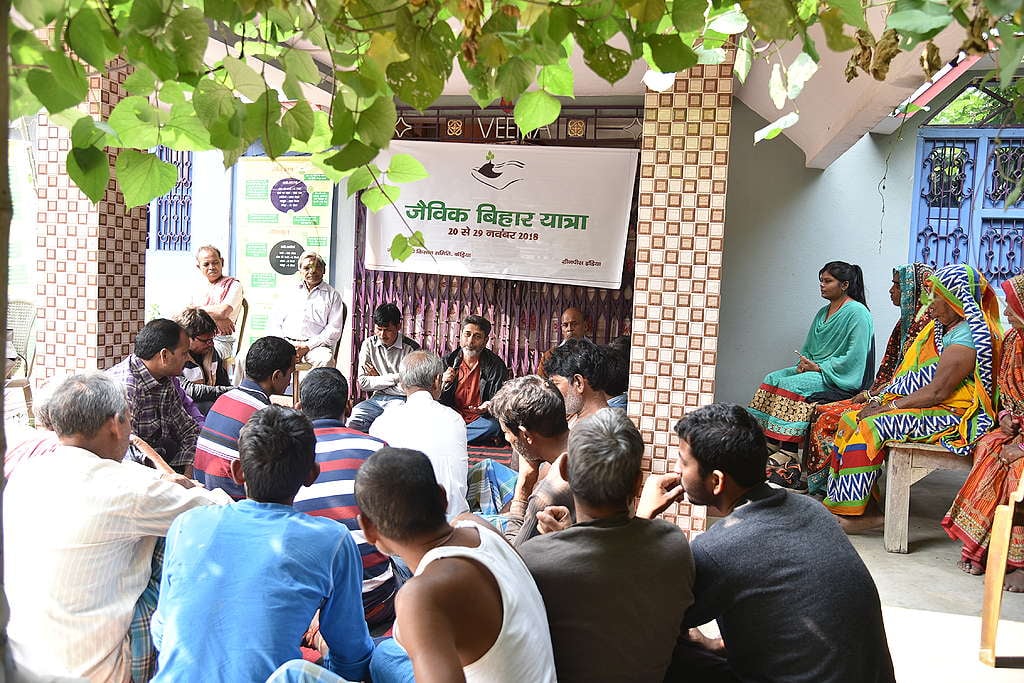
Ishteyaque addressing farmers at Hasanpur on Day 3 of Living Soils Yatra.
Farmers had a mixed reaction about organic farming. Few of them are practising organic farming but also concerned about the prices. “We don’t get good prices for organic produce. If a chemical cabbage is sold for Rs. 15, organic too is sold at the same price”, said a farmer. To which, Ishteyaque proposed this solution, “You don’t get good price because your plot isn’t certified. Once you get organic certification, your product will be trusted and then you can quote a decent price.” Anandi, chief of Jeevit Maati Kisan Samiti shared their story of shifting to organic farming. Block Agricultural Officer of Hasanpur also attended this session and tried convincing farmers to shift to organic farming.
Around 1 pm, living soils yatra reached Bengali Tola, Kalyanpur where session began in a temple’s community hall. About 20 farmers attended the session. Farmers patiently listened to our senior FFL campaigner, Ishteyaque and Anandi from Jeevit Maati Kisan Samiti. A farmer said, “We agree to whatever you say. But demonstrate us practically, how to prepare the concoctions.”
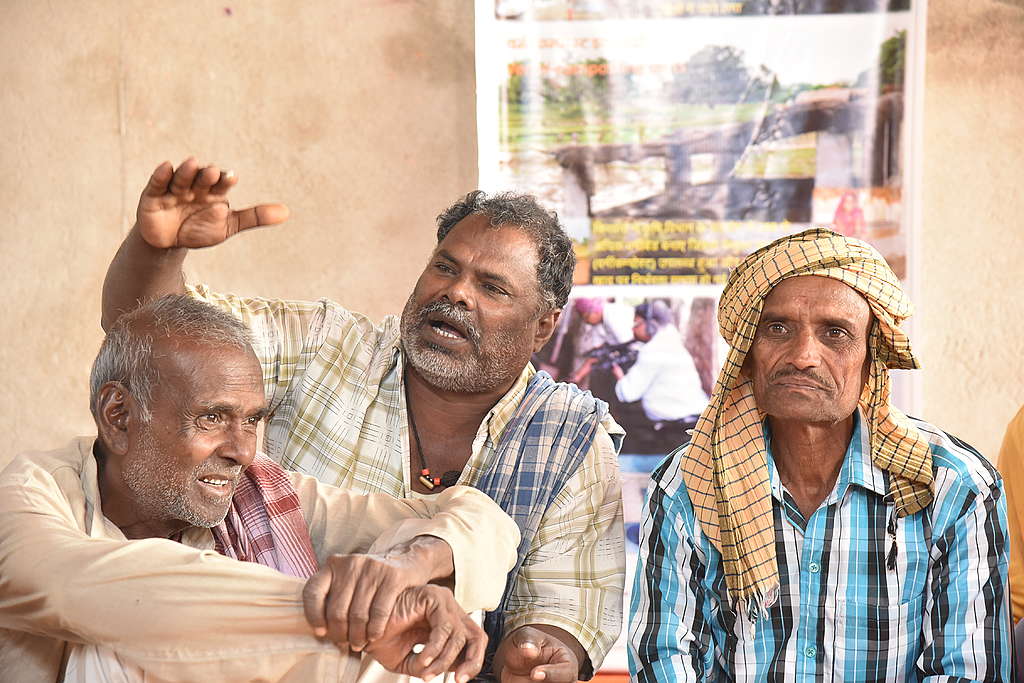
Farmers interacting with Living Soils Yatra team at Bengali Tola, Kalyanpur.
We realized then that a follow-up visit to the villages would be required. Local farmers need practical demonstration on ecological farming methods. It would also be good if farmers from the state government announced organic corridor are visit Kedia model village. We signed off from Munger by 6.30 pm and reached Nathnagar, Bhagalpur.
Day 4: Nov 23, 2018
On Friday, we reached Mehshi Gram Panchayat of Sultanganj division of Bhagalpur. Nandlal, a local farmer, expressed concern about the negative effects of chemicals used in fields on soil health. He stated, “The use of chemicals has reduced the capacity of soil to retain water.”
The living soils kedia farmer committee (Jeevit Maati Kisan Samiti) president Anandi, spoke to farmers of Maheshi about shifting from chemical-based farming to ecological farming. Anandi said, “The problems that the farmers of Maheshi are facing today were same as the problems Kedia farmers once faced. But ever since they started using organic manure, water holding capacity of soil increased and even the quality of produce improved.”
The farmers of Maheshi expressed concern about corn cultivation being destroyed with Kedia farmers and members of Greenpeace. According to the farmers of Maheshi, due to the use of chemical fertilizers insects have developed resistance to chemicals who now persist no matter how many insecticides are sprayed.
Greenpeace Senior Campaigner, Ishteyaque while speaking to the farmers of Maheshi said, “We have not come here to give you specific knowledge that you don’t already have; soil is our mother, whether you are poisoning it or making it better is the question?” He also spoke about the benefits of organic farming with farmers. In addition, he discussed in depth the impact of safe manure and the effects of chemical farming.
Farmers of Maheshi also acknowledged problems like gas, asthma, heart disease and itching becoming common as a result of chemical farming. We also did a Facebook Live from Maheshi.
Next, we travelled to Gosaidaspur. There, we interacted with the kids of farmers. The team spoke about farming with them through the medium of sports. About 15 farmers participated in the discussion on organic farming in Panchayat Bhawan of Gosaindaspur.
From there we moved towards our next destination, Begusarai.
Day 5: Nov 24, 2018
Bacchwara, Dadupur and Chamtha region in Begusarai is popularly considered a part of ‘Leningrad’. Traditionally, Begusarai’s political culture has been dominated by Communist Party of India. Around 20 farmers attended the session at Rani village, block Bacchwara, Begusarai. As with the earlier sessions, senior campaigner Ishteyaque opened the session and focused on the objectives and aims of the yatra. He also remembered the glorious days of IPTA. Comrade Awdesh Ray, encouraged farmers to ask questions related to farming.
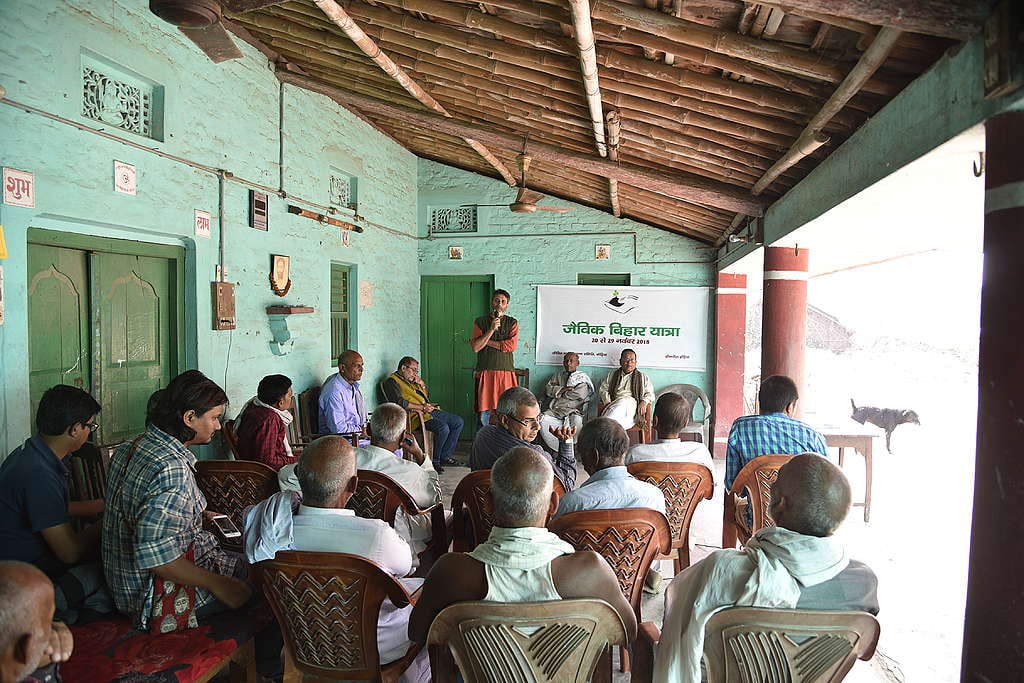
Ishteyaque interacting with farmers at Rani village, block Bacchwara, Begusarai on Day 5 of Living Soils Yatra
Farmers were concerned about the fertilizer uses, production cost, prices of organic produce etc. Anandi of Jeevit Maati Kisan Samiti shared his experiences from Kedia. He asked farmers to build a collective and explore the government-supported opportunities available to build an ecological model of farming.
Farmers requested the team to visit the village again and practically demonstrate preparation of vermicompost and phasing out of pesticide, insecticide and fertilizer use. Yatra reached Dadupur by 1.30pm. Team felt the session at Dadupur was the best in the 9-day yatra. Session was attended by more than 50 farmers. Audience was quite interactive and engaged.
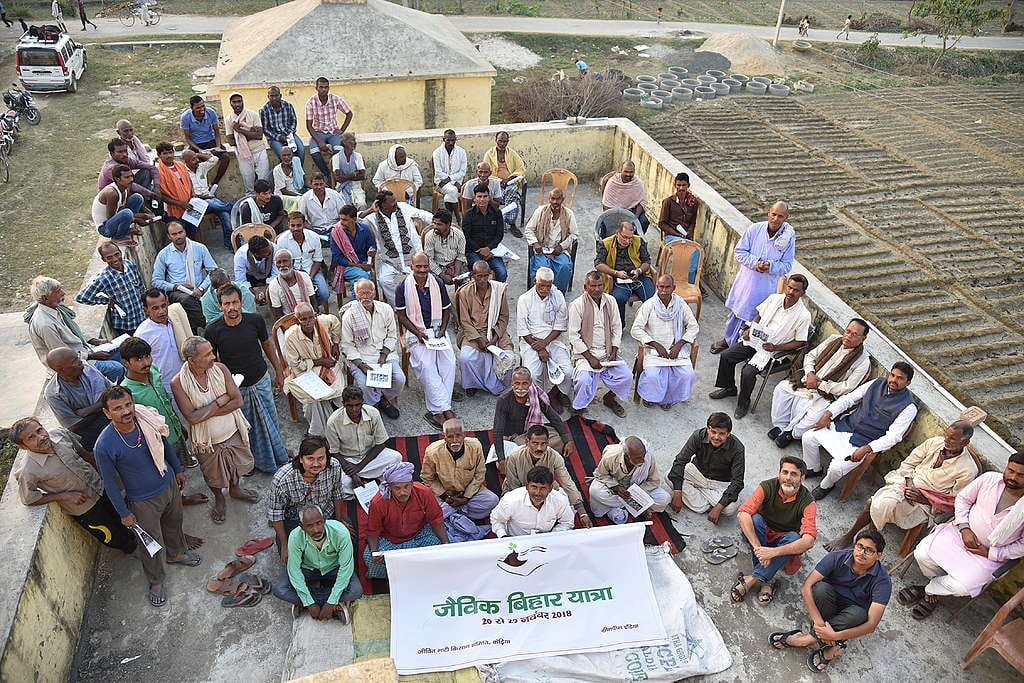
Living Soils session at Dadupur during Day 5 of the Living Soils Yatra.
Maize is the main crop of this region. Farmers complained that they had been increasing the amount of fertilizer in their fields leading to increasing production cost but the crop yield remained unaffected. “Pests have developed resistance and new breed of insects appear each season,” complained farmers. Farmers have promised to organize a big meeting where campaigners could demonstrate the method to prepare organic concoctions.
Yatra reached Chamtha at 6 pm. Before the beginning of the session, documentary was shown to the farmers. Farmers eventually expressed their willingness to adopt ecological farming and have requested the team to come again.
Day 6: Nov 25, 2018
Living Soils Yatra reached Bochaha village, Mohiuddinagar Block, Samastipur district on its sixth day. Bochaha is a flood prone area and receives new silt and mud each year. Maize and Potato are the main crop of the region.
Block co-ordinator arranged the meeting at Panchayat Bhawan. Around 20 farmers attended the session. Senior campaigner Ishteyaque started the session by elaborating the aims and objectives of the Yatra. Farmers said they believe in the larger objective of the Yatra. However, they had serious concern regarding organic market and prices.
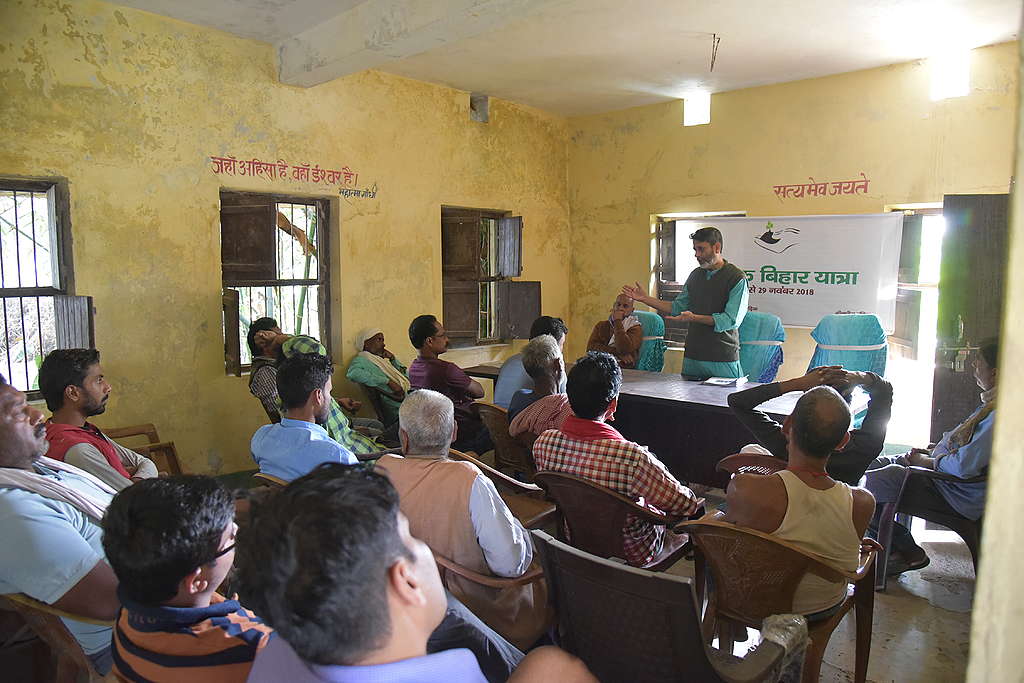
Senior Campaigner, Ishteyaque Ahmad interacting with farms at Bochaha village, Mohiuddinagar Block, Samastipur district on the sixth day of Living Soils Yatra.
“Five years back I prepared vermicompost. I cultivated cabbage in 12 acres of land using chemicals. Simultaneously, 5 acres was cultivated with pumpkin and cabbage using organic manure. Organic farming required more labour as compared to the chemical side. This frustrated me and I destroyed the vermibed. At the time of harvesting, I realised the blunder I had committed. Production of organic was better and tasted much better than chemical one. I regret destroying vermicompost till this day,” narrated a farmer.
Few farmers were practising organic farming in Bochaha. Most complained about the lack of market and respectable prices for organic products. Ishteyaque requested the block co-ordinator to brainstorm on availing different government schemes for cow shed, organic ‘haat’, bio-gas plant, vermi bed etc. Since Bochaha already has a registered farmers co-operative, we expect that with a little organized effort, yield could become better.
Day 7: Nov 26, 2018
Hajipur region is known for bananas. Region receives new silt and mud each year from river Ganga. Bihar organic yatra reached Biddupur on its 7th day. Session was attended by about 30 farmers.
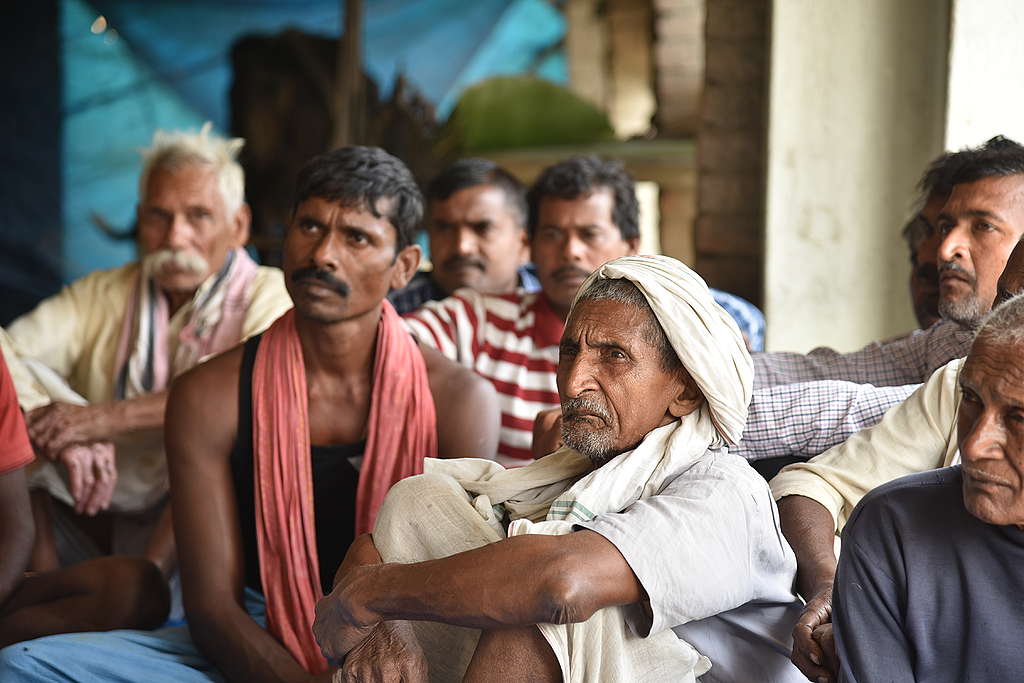
Farmers listening intently to our Senior Campaigner, Ishteyaque Ahmad at Biddupur
Farmers informed the team that the village had 80 vermicomposting beds. These beds were built long back but currently lay non-functional. Ishteyaque asked farmers about the fertiliser usage and the production cost. Farmers unanimously agreed that, “production cost was increasing every year while the yield remained unchanged.” Thus, more money was being invested on the same fields, but no improvement was seen in terms of profit. They all agreed that ecological farming is the long term solution.
Biddupur was an enriching experience for the team for two reasons. First, for the enriching discussion on the need for behavioural change in farming. Second, on how migration and joblessness affects agricultural sector.
“My wife and children do not want to work in fields. They complain about scorching heat and sunburns,” said a farmer. He continued, “My wife says I shouldn’t put so much effort into a field which doesn’t even pay me 200 Rs a day.” The next generation of farmers are unwilling to take up agricultural jobs. Instead, they prefer construction works in tier 2 and tier 1 towns. We concluded discussion on these challenges by calling out the need for new economic structures and pointing out the short-sightedness of the state.
Day 8: Nov 28, 2018
Living Soils Yatra reached Sinha panchayat of Ara, Bhojpur on its eighth day. The village had access to 4G network but unfortunately the roads connecting to the village were still to be constructed.
District and block representatives were co-operative enough to help us organize the meetings. About 25 farmers attended the session. Farmers complained about the yield of green peas which is the main crop of the region. “We are sprinkling the crop with 7-8 types of pesticides, weedicides and fertilizers. Still the peas crop is growing yellow and pale which impacts the overall yield,” said a farmer.
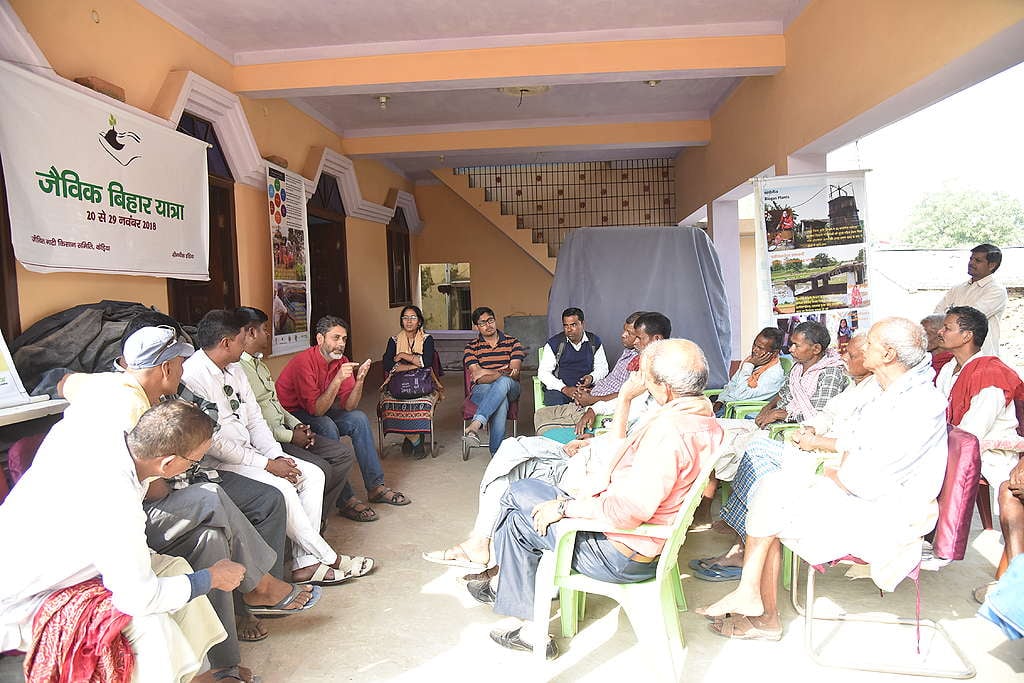
Living Soils Yatra team at Sinha panchayat of Ara, Bhojpur on its eighth day.
Our senior campaigner Ishteyaque requested them to phase out chemical fertilizers and opt for organic concoctions such as Jeevamrit, Beejamrit, Brahmastra, Agnistra etc. He also brought in examples from Punjab and USA and spoke about the hazardous impacts of chemicals on soil health. “Farming in USA is highly subsidized. Farmers do get respectable MSP (Minimum Support Price) and facilities to pursue their occupation. But the soil is dead. They have used fertilizers for over six decades and dead soil can’t yield anything”, said Ishteyaque.
Kisaan Chaupal is scheduled at Sinha panchayat in early December. Block Agricultural Officer has requested the team to join the chaupal and demonstrate ecological farming methods to larger number of farmers.
Day 9: Nov 29, 2018
This was the final day of Living Soils Yatra. It was held in village Ganjpur, panchayat Ramnagar Karari Kacchar, block Athmalgola, Patna.
Session began after lunch around 2 pm. It was attended by about 30 people. Women farmers constituted most of the audience. They were little shy to talk to our campaigners but eventually spoke to us about the types of chemicals being used in farming.
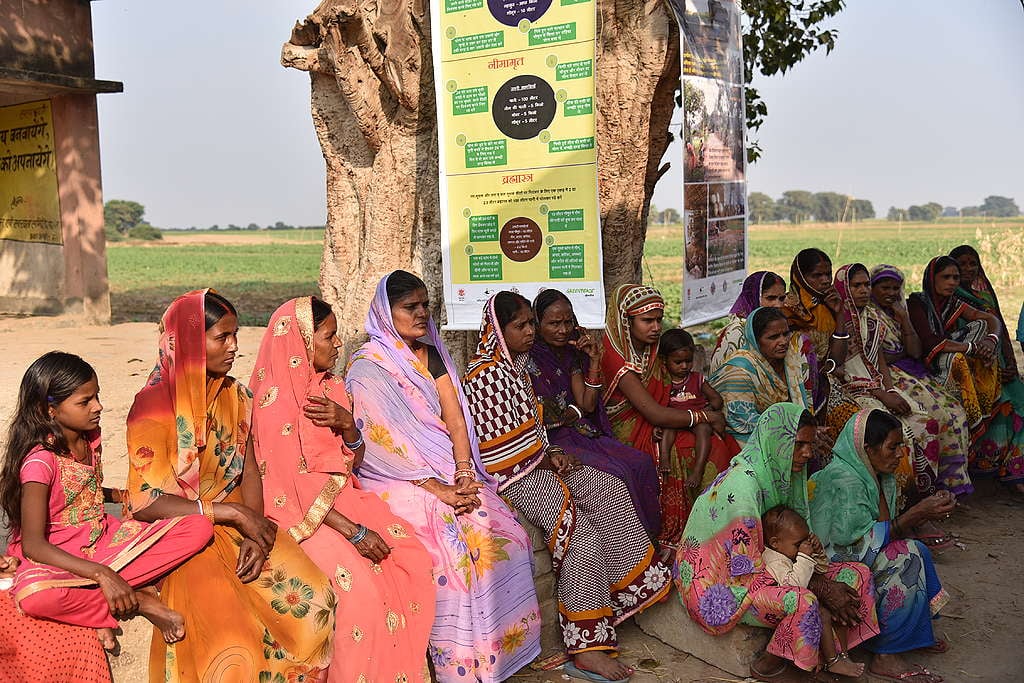
Women farmers participating in the Living Soils Yatra session at Ganjpur village, panchayat Ramnagar Karari Kacchar, block Athmalgola, Patna.
Senior campaigner Ishteyaque shared the objectives and aims of the yatra. He also informed the farmers that their village is part of the organic corridor and farmers should try to phase out use of chemicals in their fields.
“I have irrigated my paddy field 16 times and yet there is no yield,” complained Aniruddh Singh, a farmer from the village. Other farmers too had similar concerns.
Aniruddh and other farmers’ concerns reflected the hazardous health of soil in the area. Since the village is situated along tributary of river Ganga, the region gets new silt and mud every year and yet the soil seems to be ‘living’ no more.
On a concluding note, yatra was able to create an environment for discussion on ecological farming in the hinterlands of Bihar. We realize that few villages need only a little push to shift to ecological farming. At a number of villages, farmers even asked us to visit again to practically demonstrate how organic manure and other concoctions are prepared.
Thus, ends the Bihar Living Soils Yatra ends with the spirit of a new beginning for ecological farming.
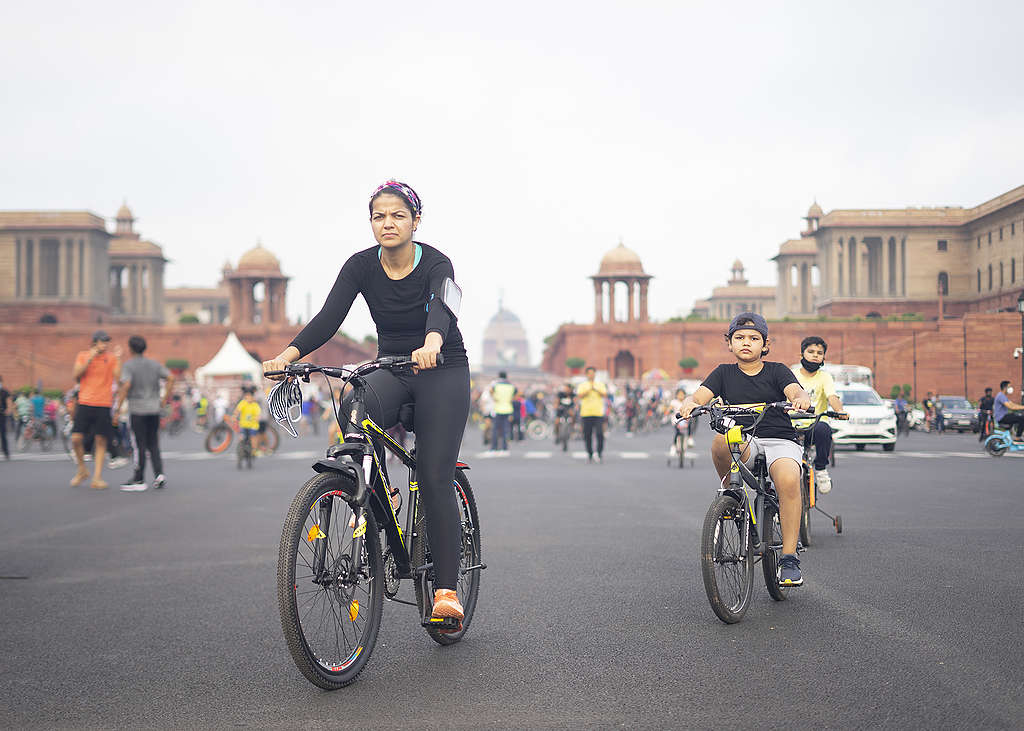

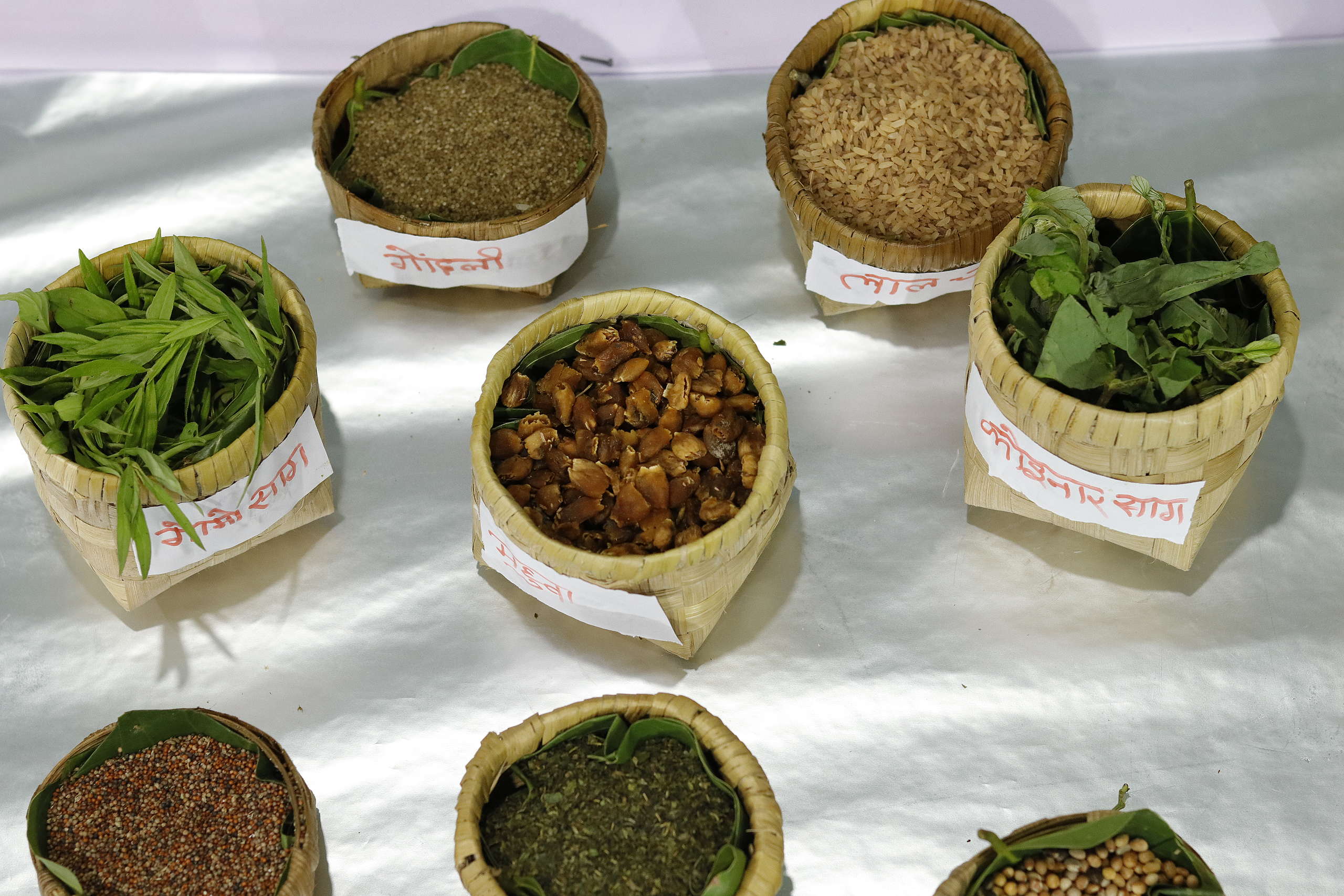
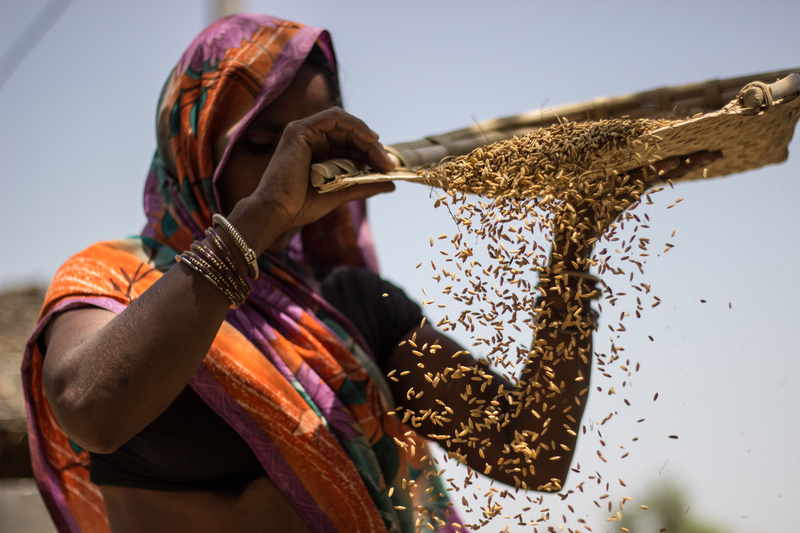
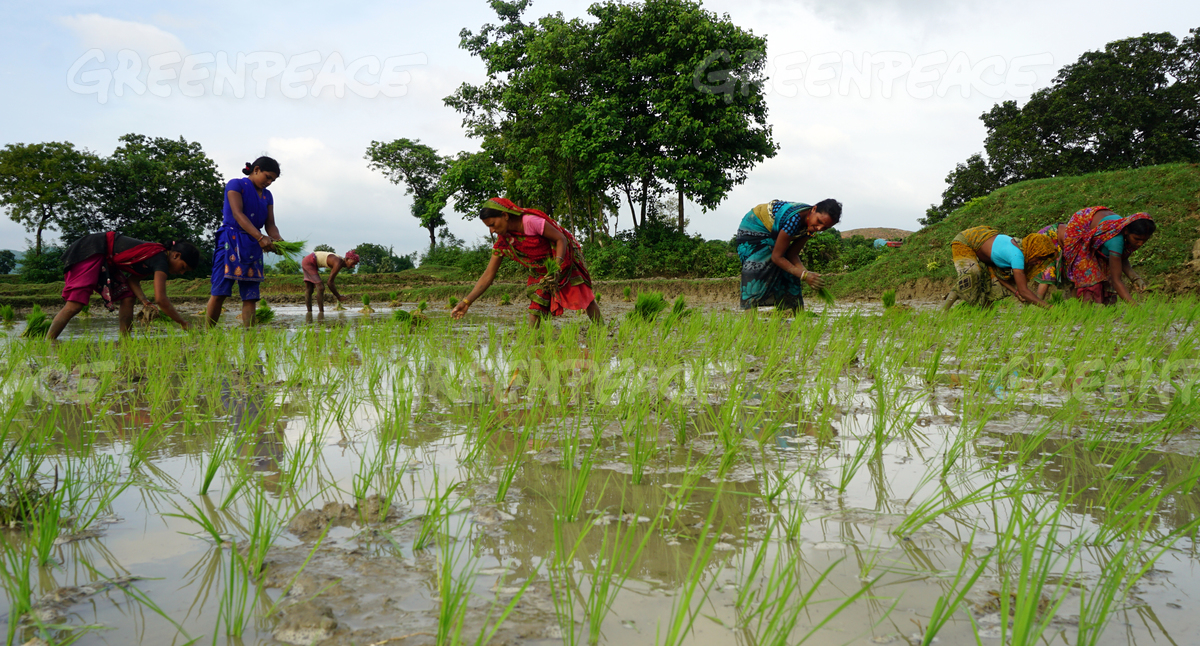
Discussion
I am an ardent lover of Agriculture but without land,since I am a Central Government pensioner. I always attend the farmers' meetings nearby and I educate farmers about tree planting .Also I am 79 years young and cannot take to farming. I have lots of respects for Organic farming and for the Gandhian fact that India's Economic backbone should be Organic farming.